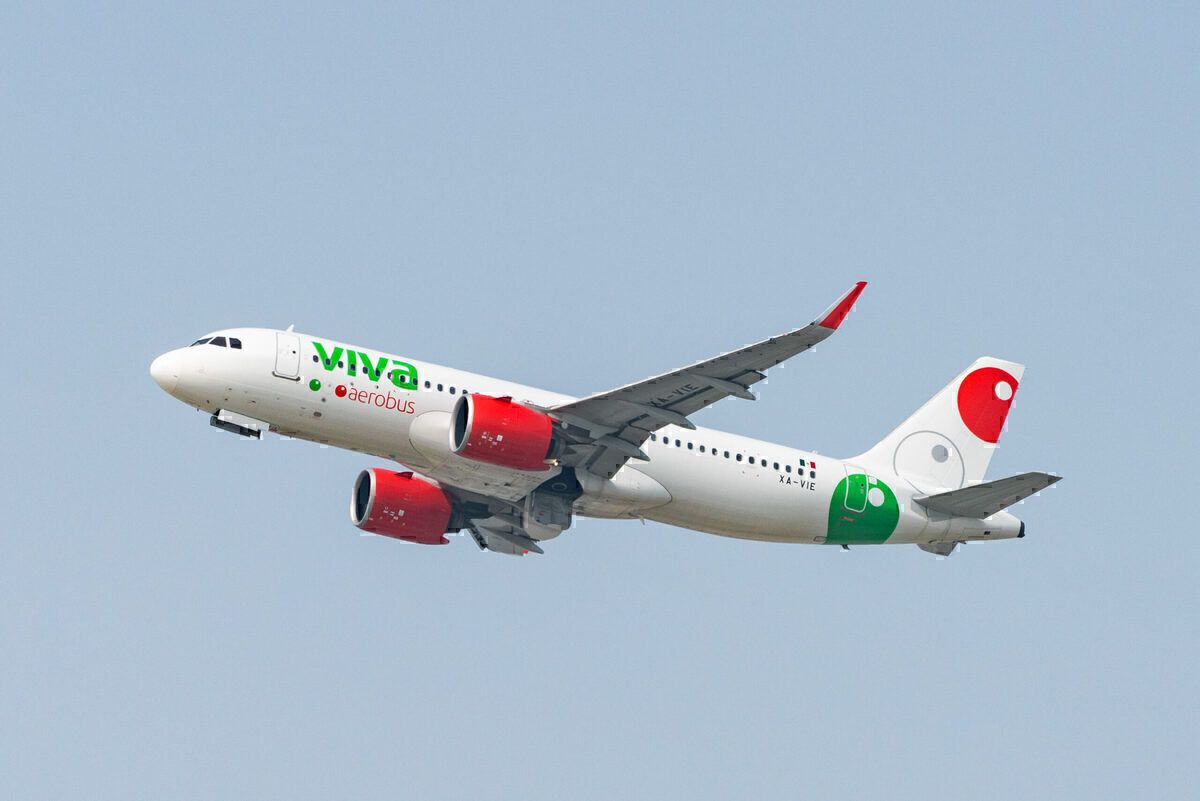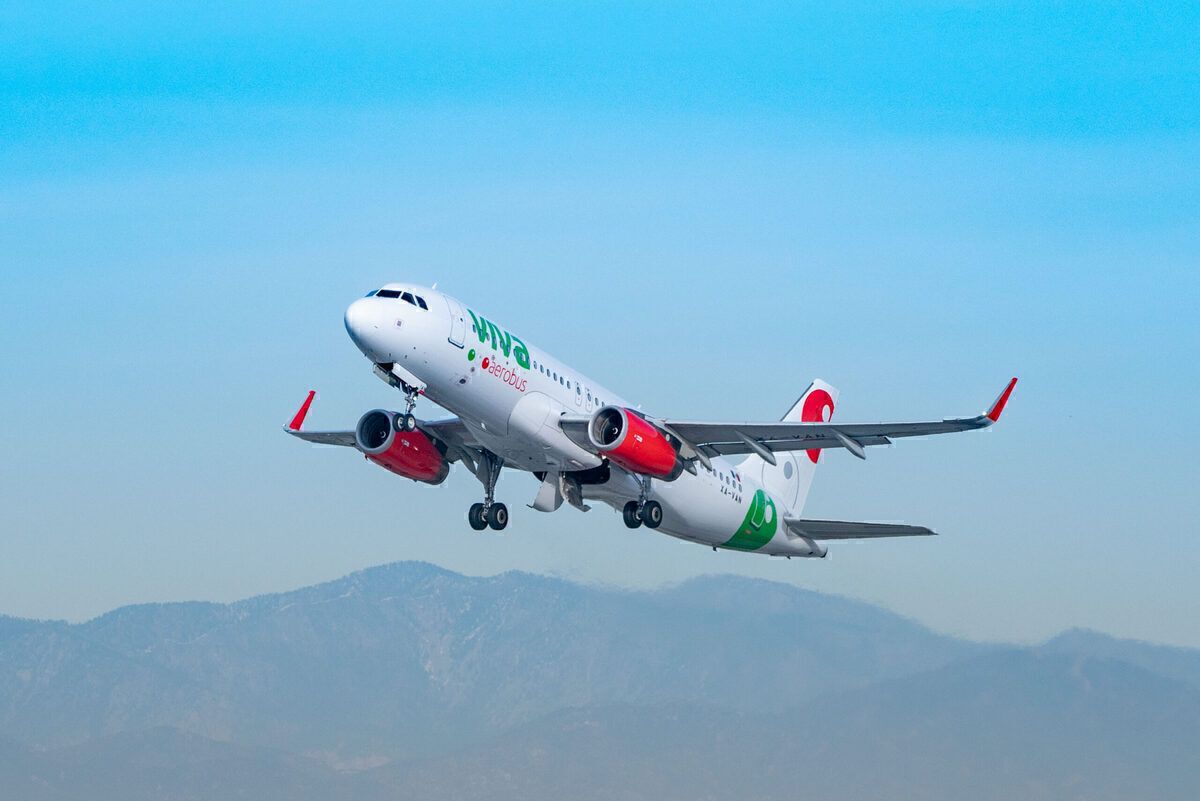A Viva Aerobus Airbus A320 lost its front landing gear today while departing from Puerto Vallarta, en route to Monterrey, in Mexico. The 127 people onboard exited the aircraft safely, and currently, Puerto Vallarta’s airport is closed due to the incident. What happened?
What happened?
Today, at approximately 13:40 local time, an Airbus A320, registration XA-VAZ, suffered an incident while departing from Puerto Vallarta in Mexico. The airline immediately activated all safety protocols, and no one was injured, according to Viva Aerobus in a statement sent to Simple Flying.
Reporting from the airline states it is currently rescheduling all the passengers that were onboard flight VIV4343. They were traveling to the Mexican city of Monterrey.
According to JacDec, the aircraft suffered the incident while lined up to depart from runway 22. Currently, Viva Aerobus is doing a maintenance check on XA-VAZ while the Puerto Vallarta airport remains closed.
XA-VAZ had its last flight earlier today, between Monterrey and Puerto Vallarta, according to RadarBox.com. The aircraft is 15 years old and arrived with Viva Aerobus back in 2016. Previously, it flew with Kingfisher Airlines, ZestAir, and AirAsia Zest, according to airfleets.es.
As of February 2021, XA-VAZ was averaging 4.8 flight hours per day and operated 40 flights in the month, according to stats provided by RadarBox.com. The aircraft has mainly operated out of Monterrey and Mexico City, the two main hubs of Viva.
Stay informed: Sign up for our daily and weekly aviation news digests!
Viva Aerobus's first landing gear failure
This was the first time Viva Aerobus suffered a landing gear failure in its history, according to AeroInside. The Mexican low-cost carrier has had a few engine shutdowns, including one that happened on November 16, 2020, while flying from Monterrey to Cancun.
You can also see a video of today's incident in a Facebook video posted a few hours ago.
Viva Aerobus has one of the youngest fleets in all Latin America, and it is all Airbus A320 family-based. As of December 31, Viva Aerobus had a fleet of 43 aircraft, with an average age of 4.4 years.
It had 20 Airbus A320ceo (like the one in this incident), 20 Airbus A320neo, and three Airbus A321neo. The Mexican airline is currently in growth mode and expects to receive five more A321neo in 2021. Viva Aerobus expects to have a fleet of 80 aircraft by 2026.
What's been happening lately with Viva Aerobus?
Viva Aerobus and its low-cost competitor Volaris had a V-shaped recovery during 2020's last two quarters. By November, Viva Aerobus was already operating a full schedule, compared to the previous year, the first airline in the Americas to do it.
Nevertheless, the airline still had a net loss due to the impact of the COVID-19 pandemic.
Viva Aerobus had a net loss of 2.7 billion pesos in 2020 (nearly US$133 million). The carrier suffered a 36.1% decrease in its revenues, while the expenses only decreased by 19.2%.
Moreover, in 2021's first quarter, Viva Aerobus has had to adjust its capacity. In February, the number of passengers it carried fell down to the same levels it had in August. This is partially explained due to the low-season in Mexico, which is between January and March.
What do you think of Viva Aerobus's incident? Let us know in the comments.


